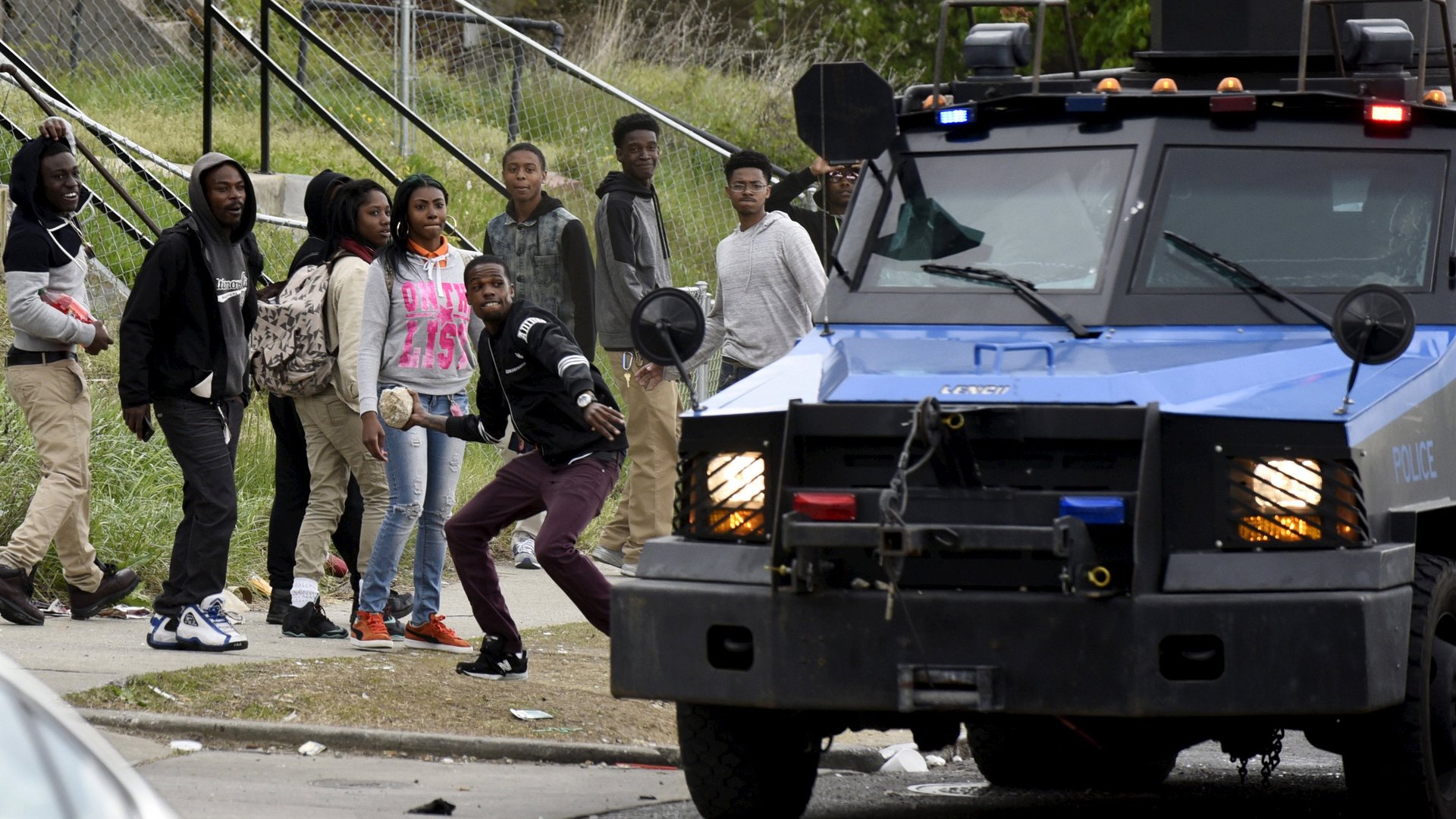Baltimore’s school children are frustrated and abandoned, and need help
In its fourth season, the television drama The Wire, set in Baltimore, offered us a glimpse of the systemic tragedy of a public education system.


In its fourth season, the television drama The Wire, set in Baltimore, offered us a glimpse of the systemic tragedy of a public education system.
And yet the critically acclaimed series missed an important element of its exposé.
While we witnessed the limited academic opportunities within the schools, and the disparate lives of the children who attend them, not once did we experience the pent-up frustration and bitterness of these young people—and the trauma that is inflicted upon them. Instead, we came to understand the politics and policies behind a system that failed to educate the children and made them pawns, rather than players in their own destiny.
The recent rioting and looting in Baltimore included participation by some school-aged children. The festering sore of inequality and inequity remains unhealed and unresolved.
The closing of Baltimore city schools on Tuesday was a decision that considered the safety of our children, who mostly navigate the city on public transportation rather than school buses. (The city ceased running its own transportation system exclusively years ago in an effort to reduce costs).
However, we also missed an opportunity to create spaces in public, safe places (i.e. schools) where youth could express their continued frustrations and strive toward healing.
In urban centers like Baltimore, mental health professionals are key personnel who assist youth in need. But inadequate resources and budget deficits jeopardize these services.
While grant opportunities and federal funding are available to school districts across the country for Common Core standards and test preparation, such emphasis is not extended to urban centers whose students experience subpar living conditions and psychological trauma as a result of abject poverty, drugs, crime, and violence affecting their communities—and in turn, their mental health. This is despite the fact that such conditions assuredly impact the academic ability of students.
Additionally, even when the data confirm that school buildings are deemed the best place to reach students in need, school psychologists, for example, are ever fewer in number. And those psychologists who do work in schools spend considerable time fulfilling federal special education mandates such as creation of individualized education programs (IEPs) for students with disabilities, leaving them little time to address the social and psychological development of children.
Now we are faced with the next generation of marginalized youth who demand to be heard, even as they are seen as counterproductive by those who continue to ignore their physical, academic, and psychological needs to be successful in an educational setting.